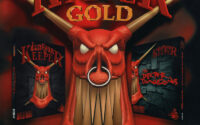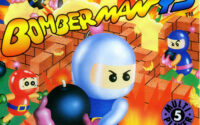Tales of Symphonia: Dawn of the New World Review
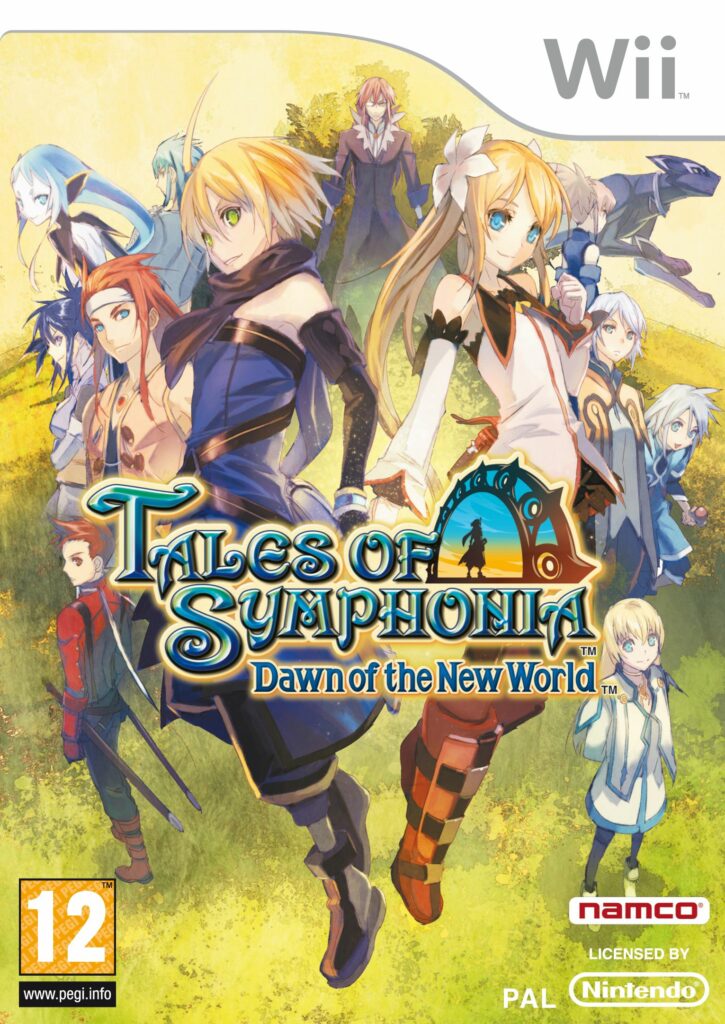
Long and epic action roleplaying game with great co-op support and an intriguing storyline.
Story
A young boy named Emil was living happily with his two parents until his home town was attacked by an organization called The Vanguard. Apparently, the Church of Martel is in war with The Vanguard and the town Palmacosta was caught in the cross fire. Forced to witness the death of his parents at the hands of a famous character named Lloyd Irving, Emil was sent to live with his aunt in the village Luin.
There, Emil is quickly surrounded by mean rumors and false accusations about himself, and so, he starts looking for answers and ways to cope with his tragic situation. He finds that there is a whole world out there filled with mysterious creatures, monsters, conflicts and bloody wars. Seeking to avenge the death of his parents, he manages to get caught up in a lot of trouble.
The Game
Tales of Symphonia: Dawn of the New World is a Japanese fantasy action roleplaying game about a young boy who sets out on an epic journey with world-changing events. This is a sequel to Tales of Symphonia which was released back in 2004 for GameCube and PlayStation 2, and as such it has lots of references to events that occurred there, making for a truly fleshed out story for people who play both games. But even if you haven’t had the chance to enjoy Tales of Symphonia, you will be able to fully appreciate and take part in the dramatic story portrayed in this sequel-like follow-up.
You play as Emil and the game has a huge focus on the real time combat where combos and skills play an important part. You’ll go through numerous dungeons and fight hundreds of battles in the search for clues and treasure. As the game is heavily story driven there is a storyline that you can follow in what ever pace you want. The story touches upon many subjects such as romance, friendship, betrayal, self-consciousness, personal insights, courage and honor and on the whole it is very well written and has many unexpected twists and turns.
Content
As mentioned above, this is a roleplaying game and as usual, that includes a certain degree of character customization and development. During the course of the game you’ll be able to play as ten different characters and each playable character has its own fighting style and abilities. Note, however, that only the main characters, Emil and Marta, will be able to learn new fighting moves, don armors and wield customized weapons.
When the game begins, you don’t have much choice other than to follow the storyline. But the more areas you reach the more will you be able to backtrack and seek out side quests. Backtracking comes in handy if you want to explore paths that you might have missed, or if you want to defeat some extra monsters in order to boost your experience points, or even loot monsters for items.
Early on in the adventure you’ll learn to form pacts with monsters meaning that you can befriend wild monsters and have them fight with you in battle. Every such monster has its own set of stats and fighting moves and if you want them to grow strong you will need to have it with you in your adventuring party, as that will earn it experience points. These monsters are automatically controlled by the AI in battle, but you can order them to perform certain actions or restrict them from using certain skills.
Other than monster pacts you will travel together with Marta, whom you’ll team up with early in the adventure. The game has support for four players to play co-operatively on the occasion that there are four humanoid party members in your party. Party members come and go as the story moves forward, so if you’re playing with more than two players there are no guarantees that all players have someone to control at all times. It would have been great if players would have the option to control pet monsters, but sadly that isn’t possible.
Other than following the storyline the game has a bunch of side quests and a few mini-games. The difficulty level of the side quests will scale according to your character level and they typically take place in a dungeon. There are only a few of these dungeons and the same dungeons are reused over and over again, but with different mission objectives.
Playing through the main story will take around 30-40 hours, depending on whether you go on side quests or not. Building up some of your pet monsters may also demand a few hours of extra playing, as well as searching for crafting materials.
Tales of Symphonia: Dawn of the New World will take you through numerous dungeons, and each dungeon is filled with monsters, treasures and puzzles. Monsters are visible as you walk in a dungeon, so you can avoid them, ambush them or go straight at them. The puzzles are typically easy to solve in the first few tries, so they’re never far-fetched or cryptic enough to cause frustration, which is a great accomplishment not to be underestimated! More importantly it doesn’t slow down the flow of the game but still manages to present challenges that make you think for a while.
The same goes for the story in the game – it’s quite complex with all its twists and turns and other worldly elements but the characters will always recap and explain the current events from their own perspective, asking the same questions that you do, making it easy to follow. There’s even a journal function in the game that logs everything that happens and where you’re supposed to go for the next clue. This makes it easy to return to the game and quickly get back on track even if you’ve forgotten what you were about to do.
The combat system is obviously an important aspect of the game. Battles are fought in real time on an arena-like battlefield. You can move around freely and even jump over enemies as well as perform defensive moves such as dodging, blocking and recovering from attacks.
All monster pets and playable characters have skills and those can be equipped using skill points. Skills often grant you passive abilities such as elemental resistances, the ability to perform longer attack combos or the ability to attack while you’re in midair. You’ll unlock new skills as you progress through the character levels and the same goes for monster pets. Leveling up a pet without using a game guide is a hit-or-miss scenario, because there’s no way of knowing what skills it will gain as it evolves.
It’s great fun to do battle in this game because there are tons of skills, special abilities, combos and fighting moves that you can do. The fighting is also very tactical, forcing you to plan ahead, manage which skills and abilities you should have readied and which battle formation your allies are to assume. During a battle you must also manage healing spells, area effect spells and keep an eye on what the enemies are doing as well as your monster pets. Obviously this is easy to manage with two or more players but playing alone is a much bigger challenge – almost overwhelming. It’s also worth noting that the battle is paused when you bring up the menus, so you have all the time you need to issue orders.
Battles tend to be very short and intense because enemies die rather quickly, with boss monsters as the only exception. Battle difficulty level can be adjusted at any time however, so if you find the game too easy you can ramp up the difficulty level.
By defeating various monsters you’ll automatically collect various crafting materials. At the merchants around the world you will be able to Synthesize items, meaning that you can upgrade or craft new weapons, armors and items. There are numerous items that are unique to Synthesizing, but building them will typically require lots of rare materials. It is totally worth crafting and upgrading your equipment as much as possible, especially on harder difficulty levels at it will make sure that your damage output is on par.
During the course of the adventure you will explore many interesting cities and dungeons such as desert ruins, flooded research facilities, abandoned mines and deep forests. There are hundreds of different monsters and monster variants to battle and form pacts with.
The world map is what links together all the locations of the world. It is presented as a 3D overview map together with a list of locations that you can go to. You are free to travel to any location that you have previously visited and of course new locations will open up as the storyline calls for it. Traveling the world is not very dramatic and has no other function than to move you from one place to another – there are no random monster encounters or anything of that sort.
To add some extra personality to the already fleshed out characters of the story, there are special conversations among your party members called skits which occur throughout the adventure. These are entirely optional to sit through but they add a nice layer of extra flavor to the characters. What makes these skits even more interesting is the fact that they always relate to recent events in the game, so through them you’re often given a second take on what’s currently going on. It’s very enjoyable if you want to dig into the story and game world and there’s even some humor thrown into the mix.
Once you beat the game you’ll see that you’re being rewarded so called Grade points depending on how well you played the game. Grade points can be used to purchase special features for your next play through and thanks to this there are several reasons to play the game again. For example, you’ll be able to retain your pets, skills, money and items as well as unlocking new difficulty levels, extra experience rewards and so on. There are quite a few parameters that you can adjust with Grade points and it certainly makes for some high quality replay value adding to the 30-40 hours that this game delivers out of the box.
It’s also worth noting that the European version has two bonus features not seen in other versions of the game; an unlockable character art gallery and the ability to replay skits after you’ve beaten the game.
There are a few features in the game that aren’t very well explained within the game itself and the game manual is of little help. The way you form monster pacts is quite cryptic and hard to figure out. Evolving monsters is also, as mentioned above, quite a mystery and the same goes for the Unison attacks. Hence the game does call for a trial-and-error approach to certain things – it’s intriguing to explore these features, but it can also be annoying to be kept in the dark from the inner workings of things.
Controls
Controlling the action is pretty straight forward. A Wii-Remote and Nunchuk combination is strangely the only supported control scheme and you’re using the thumbstick on the Nunchuk to move your hero and the A button to perform standard combo attacks. Pulling the thumbstick either vertically or horizontally and pressing the B button will perform various special attacks called Artes. Artes include finishing moves, magic spells and even aerial attacks. You may customize which Artes you want to hot-link to which thumbstick and button combination, but you are limited to four such hot-linked Artes at one time. Your other Artes can still be used but you’d have to go through the menu rather than using a shortcut, which is somewhat long-winded.
The thumbstick isn’t entirely reliable for performing Artes either, because if you happen to pull it diagonally, even the slightest, it may misinterpret your intended move and thus perform the wrong Arte. This is especially frustrating when you are dealing with spells that have long casting times, because there is no conventional way to cancel a spell that’s being cast.
On top of all this, there are special cooperative attacks called Unison attacks. In order to execute these powerful attacks you must first do normal combos, which fills up a gauge at the bottom of the screen. When this gauge is filled you can unleash a Unison attack, which invokes special cutscenes displaying awesome power. But the game is never quite clear about how exactly these attacks work – from the looks of it, it’s completely random which of your allies join in on the attack and the more allies you unite in the attack the more powerful the outcome is.
Later in the game you’ll also come across extremely powerful attacks called Mystic Artes. Performing these moves will require you to equip certain skill and Arte combinations as well as filling the Unison attack gauge. Mystic Artes are typically overpowered super effective attacks that kills everything in sight. They’re hard to attain but they’re worth it.
The disadvantageous aspects of combat are the AI controlled allies. They can’t seem to utilize their abilities at all but instead use them irrationally, often depleting their TP (technical points) pools in a single battle. Moreover they do nothing to protect themselves when they’re in danger leading to many stupid and unnecessary deaths. Micromanaging allies through the menus is possible to some extent, but in the heat of battle things tend to go awry – and AI allies typically do nothing to help the situation. While this is a soft spot in an otherwise great combat system, it isn’t the end of the world, but it certainly can cause some frustration. Playing together with another player cuts these issues back to a minimum, so it’s certainly recommended to bring a friend to the battles.
Graphics
Tales of Symphonia: Dawn of the New World takes place in a fantasy world, and as such there are lots of medieval influences, but there are also some more exotic elements such as high technology, eastern culture and mana powers. On the whole it is a very rich and interesting setting, and it has lots of room for fantastic, but yet believable things.
All cutscenes in are rendered with the in-game 3D graphics and this game has a lot of such cutscenes. The world has many lush environments and it’s all very colorful. It’s a sheer joy to explore despite that there are frequent loading times. Thankfully the loading times are very brief though.
The character animation shines during battles, but outside combat you’ll see the facial animation, which isn’t that great.
The art direction of the game is very pleasing as it has many interesting monster designs and the characters of the story all have their charm and personal traits. The game runs smoothly even though the battles can get quite busy and chaotic. It simply plays and looks great.
Sound
The game has an impressive amount of voice acting. Almost all story related conversations are fully voice acted and this game has hours worth of dialogue. Sadly, the original Japanese voices aren’t included, so you’re stuck with the English voices which really struggles to keep the drama alive and believable. There is some overacting going on and there are other occasions when it simply fails to hit the right tones, but on the whole it is passable and it does grow on you.
The soundtrack is orchestral and very uplifting. There are plenty of great songs that go perfectly with the fantasy setting. Battles are also filled with lots of squishy sword slashes, clashing steel and monster roars. Good stuff!
Summary
Tales of Symphonia: Dawn of the New World is a force to be reckoned with when it comes to roleplaying games on the Wii. Its story draws you in and it plays great as well as it has nice visuals, good sounds and has lots of sympathetic characters. The fighting system is lots of fun, especially when played co-operatively with friends and the game has multiple endings as well as great replay value. It is totally worth playing through, both for the story and for the action packed battles. This is easily one of the best games on the system.
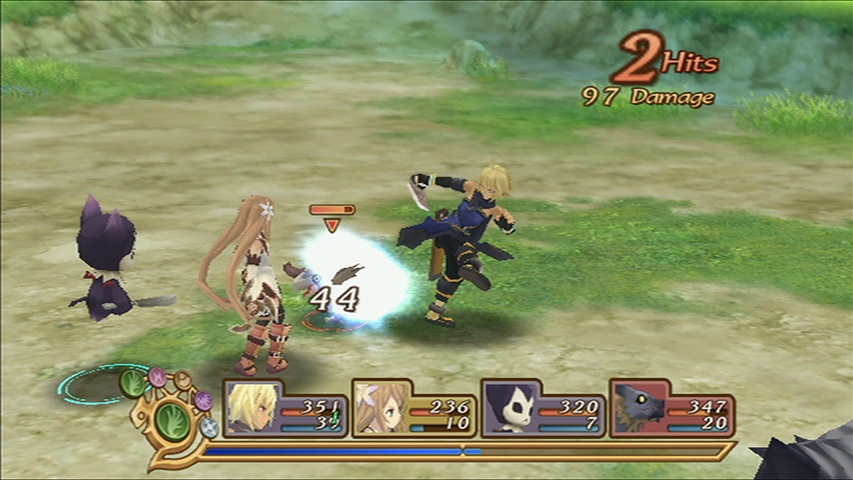
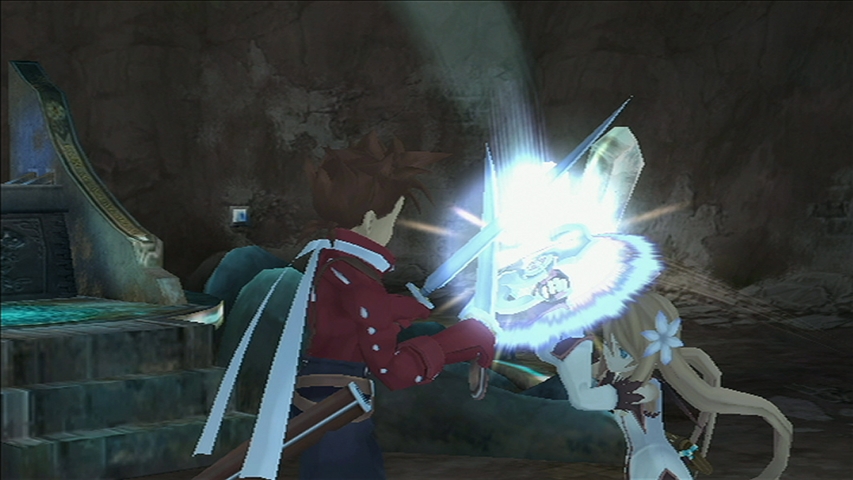
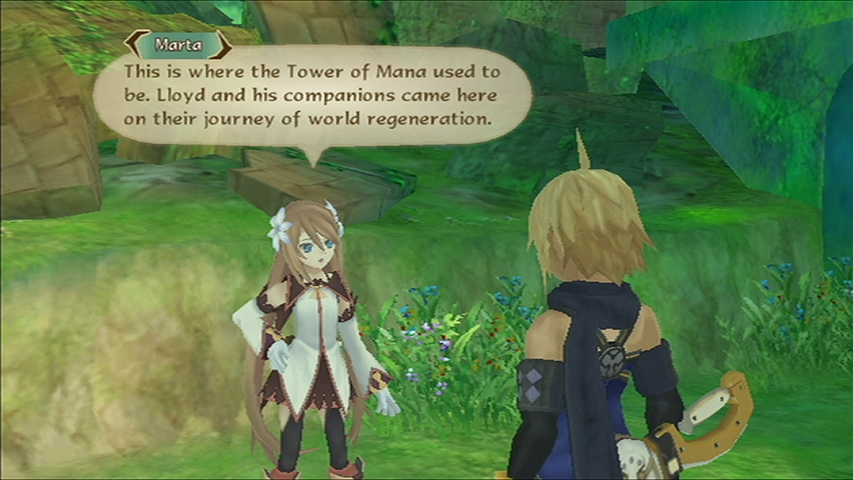
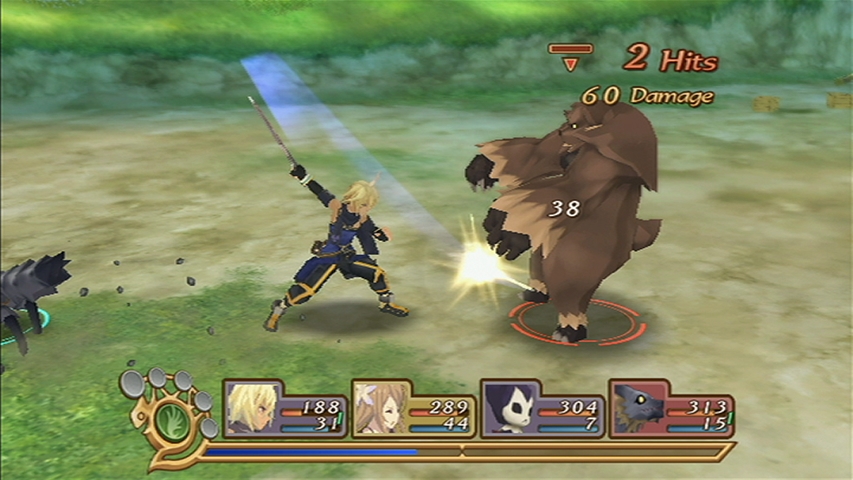
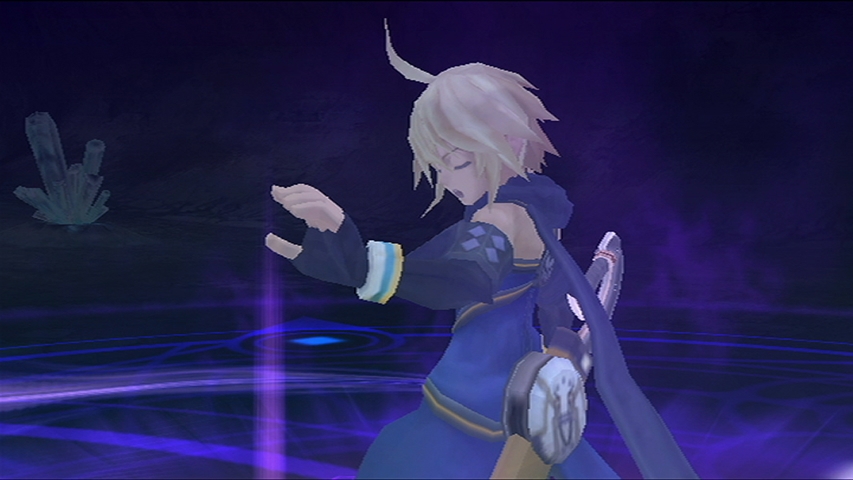
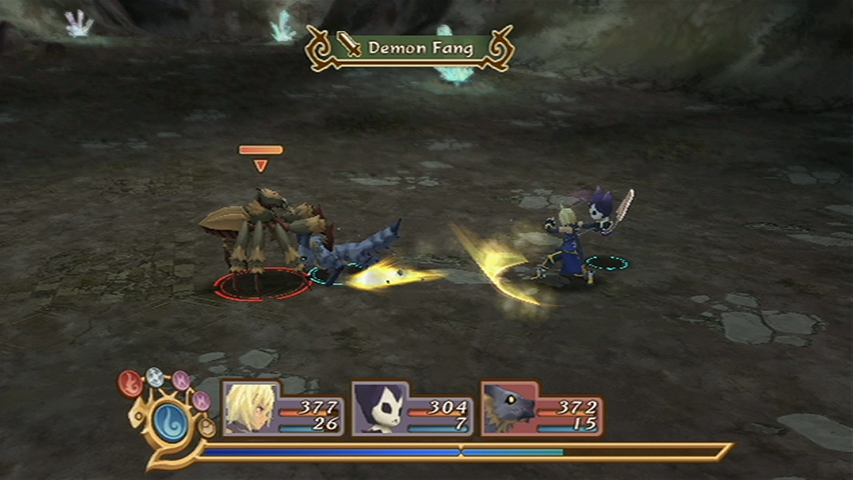
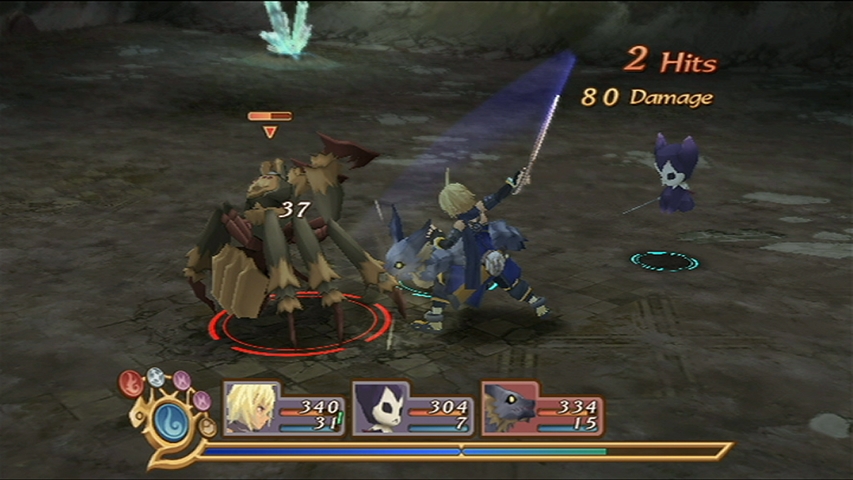
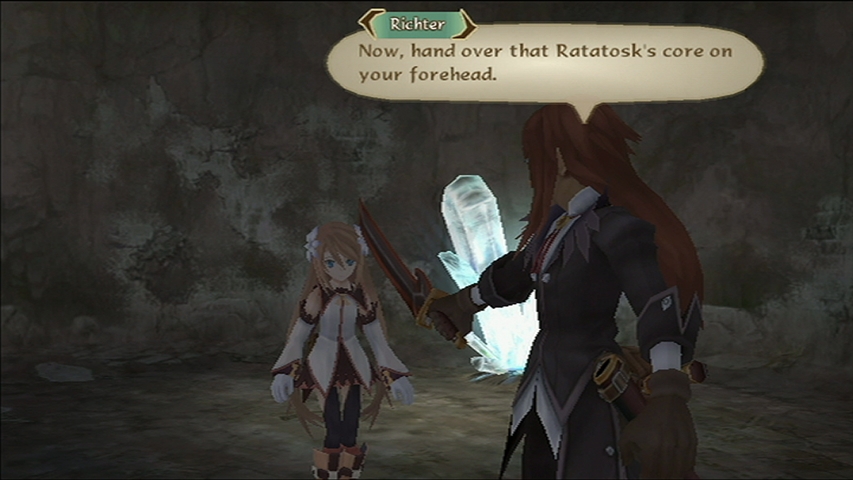
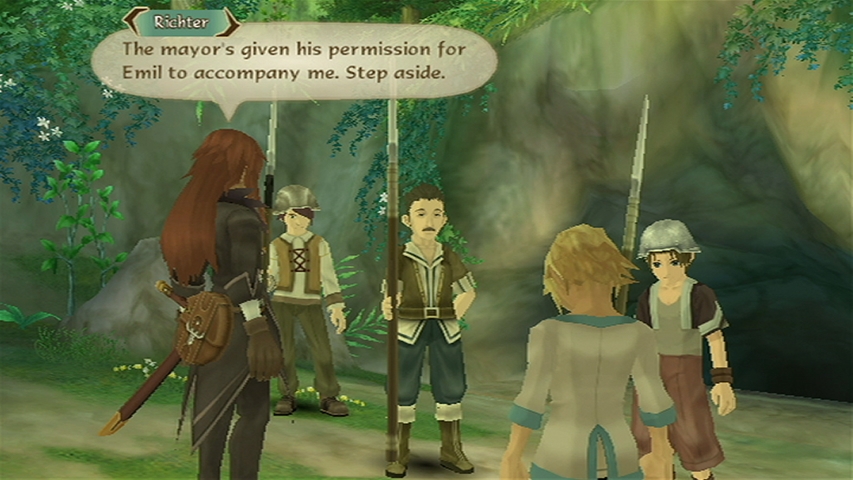
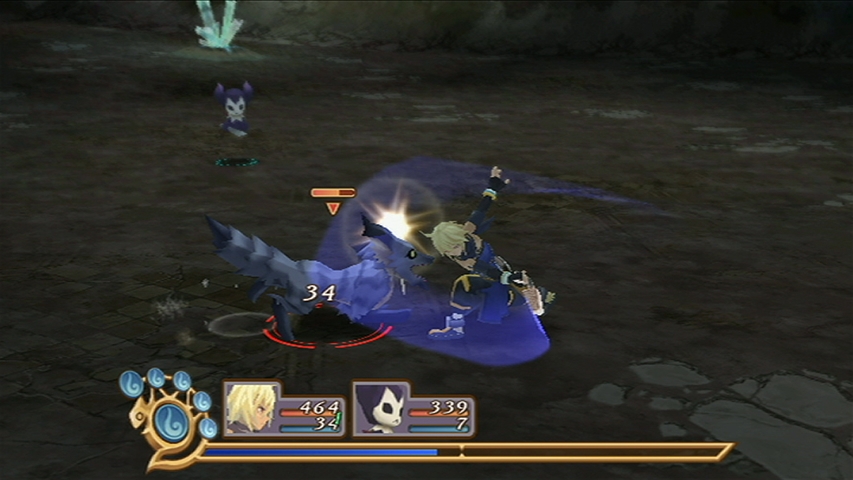
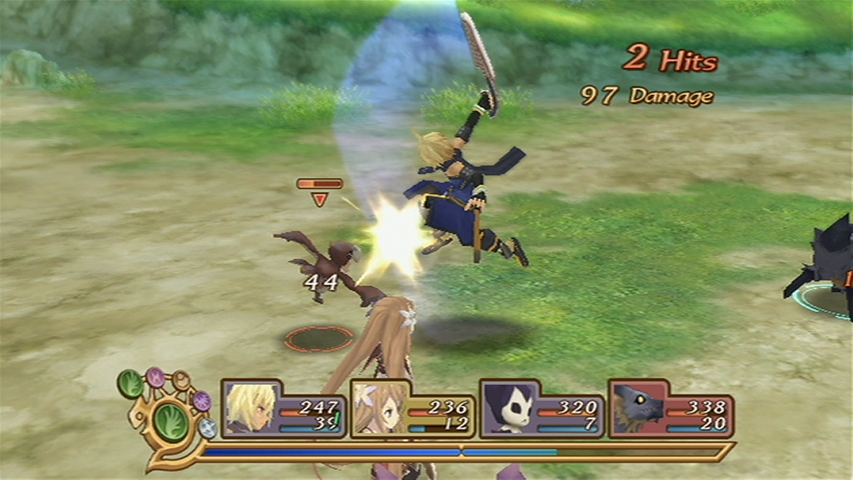
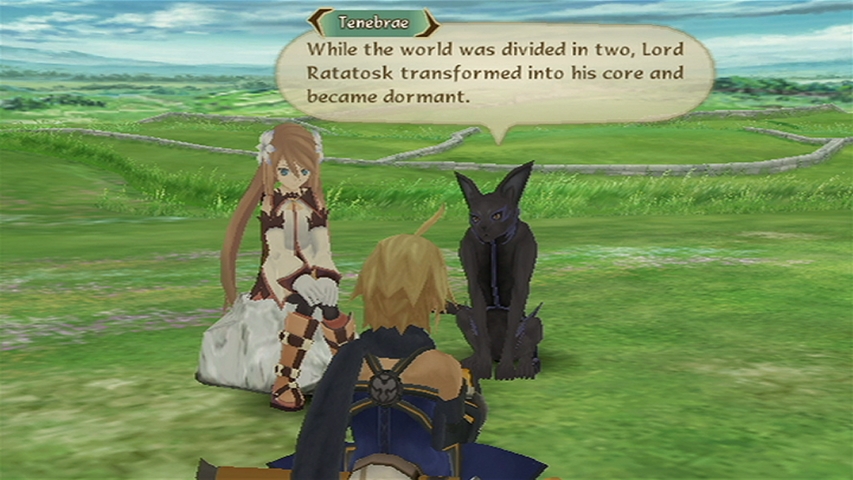
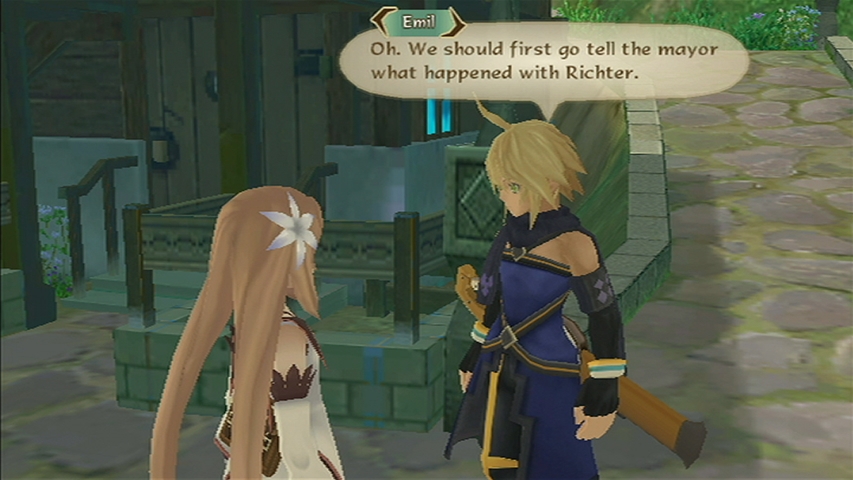
Developed By: Namco Tales Studio
Published By: Namco
Version Reviewed: Nintendo Wii
Genre: Roleplaying / Hack ‘n Slash
Players: 1-4
Also Available On: PlayStation 3
Released: 2008-11-13
Website: http://www.talesofgame.com/en/
About The Author
Mattias
Played my first video game in the 80's on the Commodore 64, and have been hooked since then. Loved the 16-bit era, the glossy magazines, and the colorful arcade games from that time.




